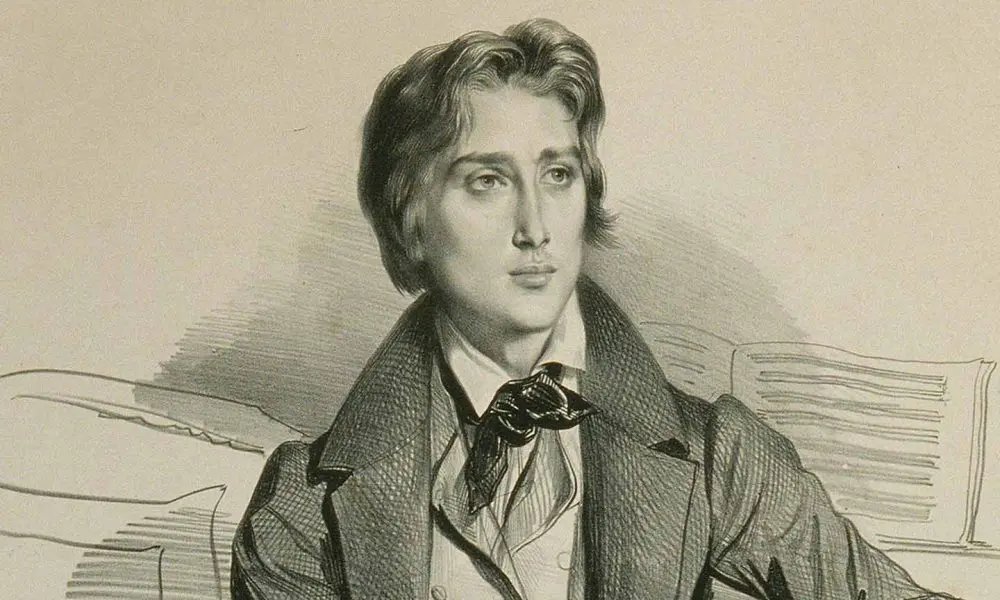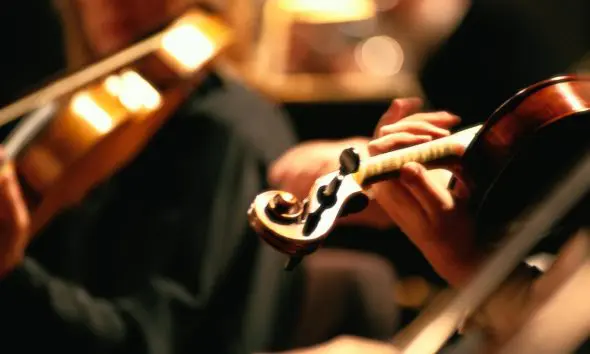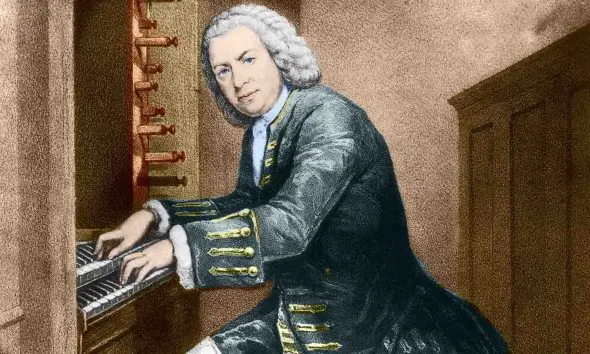Best Liszt Works: 10 Essential Pieces By The Great Composer
Liszt was one of the most important composers of the Romantic era – discover our selection of the best Liszt works.

Franz Liszt was a Hungarian virtuoso pianist and one of the most important composers of the Romantic era. He is best known for his virtuoso piano compositions which are amongst the most technically challenging in the repertoire. Liszt was a friend of many important composers of his time, including Frédéric Chopin, Hector Berlioz, Camille Saint-Saëns, and Richard Wagner. The most decisive influence, however, came from the virtuoso violinist Nicolò Paganini who inspired him to become the greatest pianist of his day and to push piano technique through previously unimagined difficulties to attain new brilliance and sonorities. Liszt made superb piano transcriptions of symphonies, operas, and large orchestral works of other composers, including Beethoven, Berlioz, Mozart, and Wagner. He also composed and performed orchestral music, including symphonic poems. His piano works, including the Études, the Hungarian Rhapsodies, and the Mephisto Waltzes, are brilliant showpieces requiring both technical skill and expressivity. The Piano Sonata In B Minor (1853) is generally acknowledged to be Liszt’s masterpiece and is a model of his technique of thematic transformation, which is also prominent in the symphonic poems. Scroll down to discover our selection of the best Liszt works featuring ten masterpieces by the great composer.
Listen to the Best of Liszt on Apple Music and Spotify.
Transcendental Études, Nos 1-12
The Transcendental Études are a set of twelve highly varied and technically demanding compositions that pushed contemporary pianos (and pianists!) to the limit. They cover a wide range of moods and require mastery of a variety of virtuosic techniques. The third and final version of the Transcendental Études was published in 1852 and dedicated to pianist and composer Carl Czerny, Liszt’s piano teacher, who was also a prolific composer of études.
Hungarian Rhapsodies Nos 1-19
The Hungarian Rhapsodies are a set of 19 piano pieces based on Hungarian folk themes and noted for their difficulty. Liszt also arranged versions for orchestra, piano duet, and piano trio. Liszt incorporated many themes he heard in his native western Hungary, which he believed to be folk music though many were, in fact, tunes written by members of the Hungarian upper middle class often played by Roma (Gypsy) bands. Liszt incorporated a number of effects unique to the sound of Gypsy bands into the piano pieces including the twanging of the cimbalom and syncopated rhythms.
Hungarian Rhapsodies Nos 1-6
The Hungarian Rhapsodies Nos 1-6 are among Liszt’s most extroverted and popular orchestral works. The Rhapsodies are based on Hungarian folk themes and, in their original piano form, are noted for their difficulty. The Hungarian Rhapsody No 2 in C sharp minor is by far the most famous of the set. In both the original piano solo and orchestral arrangements, the composition has enjoyed widespread use in cartoons, and its themes have also served as the basis of several popular songs.
La Lugubre Gondola
La Lugubre Gondola (The Black Gondola) is one of Liszt’s best late pieces. The deeply introspective piece was first inspired by a premonition Liszt had of Wagner’s death when in Venice in 1882 in response to the striking visions of funeral gondolas on the lagoons of Venice. Wagner, Liszt’s revered son-in-law, was carried to his final resting place in just such a procession in February 1883, less than two months after Liszt composed the work.
Mephisto Waltz No. 1
Mephisto Waltz No. 1 is the most popular of the four Mephisto Waltzes composed by Liszt. The Waltzes are named after the devil, Mephisto, in the German Faust legend. Liszt’s virtuoso music style is brilliantly displayed in these pieces, which also reflect his fascination with the devil and program music.
Piano Sonata In B Minor
The Piano Sonata In B Minor is generally acknowledged to be Liszt’s masterpiece and is a model of his musical technique of thematic transformation. This vast, single-movement sonata for solo piano demands the utmost from the performer musically and technically and is one of Liszt’s best works. Liszt dedicated his Sonata to Robert Schumann in return for Schumann’s dedication of his Fantasie In C major, Op. 17, to Liszt.
A Faust Symphony
A Faust Symphony In Three Character Pictures was inspired by Goethe’s drama Faust. Liszt does not attempt to tell the story of Faust but creates musical portraits of the three main characters. He developed his musical technique of thematic transformation, in which a musical idea is developed by undergoing various changes. Hector Berlioz had just composed La Damnation De Faust, which he dedicated to Liszt. Liszt returned the favor by dedicating his symphony to Berlioz.
Piano Concerto No. 1
Franz Liszt composed his Piano Concerto No. 1 in E flat major over a 26-year period. He wrote the main themes of his first piano concerto in 1830 when he was nineteen years old. The opening powerful motif contains the essential elements from which all subsequent themes are derived. The concerto’s three movements are joined seamlessly into a single large-scale structure.
Piano Concerto No. 2
Liszt’s Piano Concerto No. 2 in A major is in one single long movement, divided into six sections, prompting some musicologists to view it as a symphonic poem with piano. Like Piano Concerto No. 1, the whole of this concerto derives from its opening melody, which is transformed throughout the piece.
Totentanz
Horrific scenes during the Paris cholera epidemic of 1832 inspired Liszt to use the Gregorian plainchant melody Dies Irae in a number of works, most notably in Totentanz (Dance Of Death) for piano and orchestra. Since it is based on Gregorian material, Liszt’s Totentanz contains Medieval-sounding passages with canonic counterpoint, but the most innovative aspect of the arrangement is the extremely modern and percussive piano part.
Discover more of our articles collecting the best works of composers through the ages.




